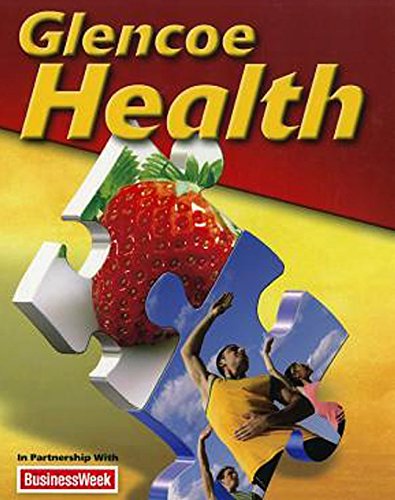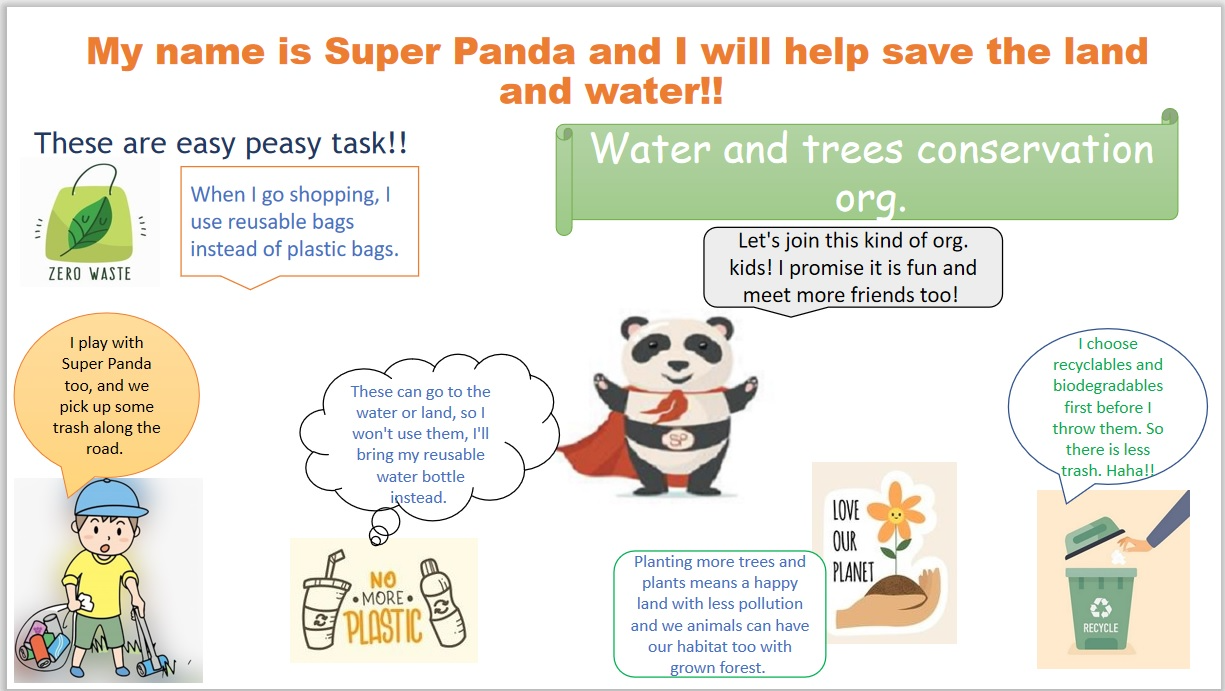
All Solutions
Section 28.3: Protecting Land and Water
item Industrial wastes
item Household wastes
item Radioactive wastes
item Mercury
end{enumerate}
$textit{Recycling}$ is the process of collecting waste products and converting them into new and useful materials.
Both of these methods are good for the environment.

($textit{An Imaginary Town}$)
$text{underline{Variety of Housing Choices}}$
There is a community of mixed-income families with houses of different types and prices. The neighborhood boasts of well-maintained parks, restaurants, small shops, and biking trails.
$text{underline{A Range of Transportation Choices and Pedestrian-friendly Town}}$
Most students go to their schools and colleges via bikes, school bus, or private cars. Residents find it easy to access public transportation. There’s calm traffic in the main town, and a lot of people prefer walking around the widened sidewalks.
$text{underline{Compact Buildings}}$
There is a 15-floor commercial building adjacent and within walking distance to a college. This building includes around 150,000 square feet of retail stores on the first 4 floors and office spaces on the 5th to the 14th floor. The last floor serves as general storage.
$text{underline{Preserve Open Spaces and Environmental Areas}}$
In the outskirts of the town, there is protective resource conservation zoning. There are programs that conserve these thousands of acres of farmlands and open spaces. There’s a forest area with lush trees protected by the local government.
Haven't found what you were looking for?
Search for samples, answers to your questions and flashcards

